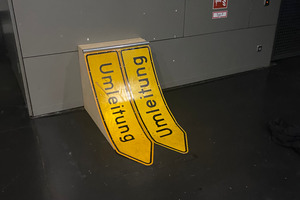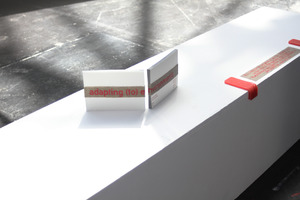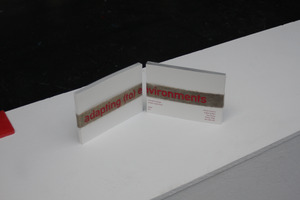rethinking public space

rethinking public space
Yannik Thamm
| Titel |
|
| Titel (en) |
|
| Autor/in | |
| Beschreibung (de) |
|
| Beschreibung (en) |
|
| Kategorie | |
| Typ des Projekts/Werks | |
| Schlagworte | |
| Datierung |
|
| Dank an | |
| Sprache | |
| Material | |
| Technik/Verfahren/Formate |
|
| Abmessungen |
|
| Ort: Institution | |
| Ort |
|
| Stadt | |
| Land |
3 Inhalte
- Seite 1 von 1

